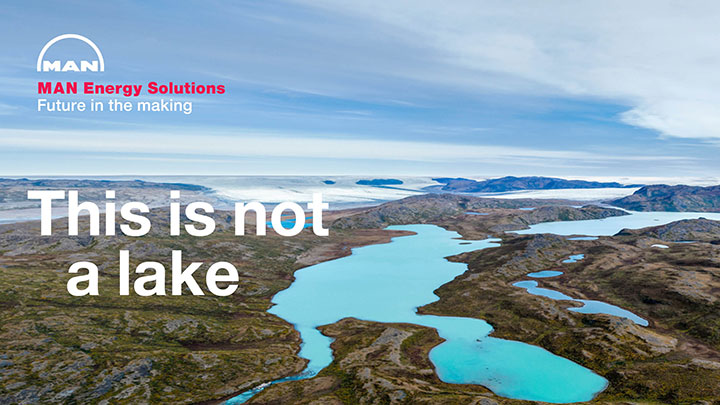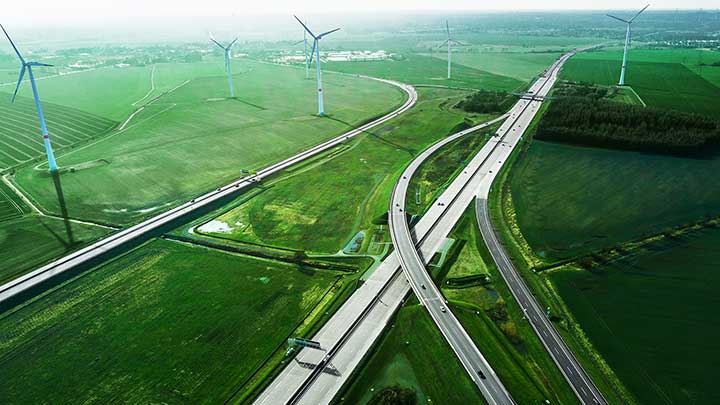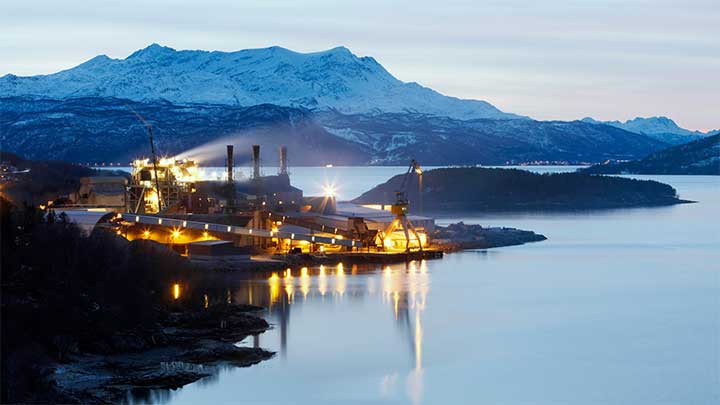The main man-made greenhouse gas
Carbon dioxide is a chemical compound made up of one carbon atom and two oxygen atoms. It is a colorless, odorless, incombustible gas naturally present in the earth’s atmosphere. It is also the main man-made greenhouse gas contributing to global climate change.
How does carbon dioxide affect the earth?
CO2 is released when air-breathing land animals (including humans) exhale, when organic matter decomposes (for example, a dead tree rotting in a forest), or when fossil fuels are burned. Prior to human intervention, especially since the industrial revolution, natural levels of greenhouse gases, including CO2, kept our planet at the right temperature for human and all other known forms of life on earth. Man-made emissions have increased the concentration of greenhouse gases and consequently the temperature of the Earth’s atmosphere.
How to reduce carbon dioxide in the atmosphere?
Carbon dioxide is a naturally occurring gas that can also be absorbed naturally. Photosynthesis performed by plants requires CO2 from natural sources to produce oxygen. Oceans and soil are the other two big “CO2 sinks,” meaning they absorb and store carbon dioxide within a global carbon cycle. However, since the dawn of industrialization, human activities have produced too much carbon dioxide to be absorbed by these natural sinks. Human action is required to reduce emissions and combat global warming.
MAN Energy Solutions to reduce greenhouse gas emissions
To combat climate change, we have to reduce atmospheric greenhouse gas emissions to pre-industrial levels. One way of limiting the greenhouse effect is by limiting the carbon dioxide emitted by several sectors, including energy. MAN Energy Solutions offers large-scale solutions providing global energy access while reducing emissions.
Learn more about decarbonizationHow to reduce CO2 emissions
Our remaining carbon budget as of 2021 for a maximum rise of 1.5 °C is expected to be 460 gigatons. At the 2020 emission rate of 32 gigatons per year, we will have used up our CO2 budget by 2035! But the technologies that reduce carbon dioxide emissions are already available today. Find out more about the most promising technologies by clicking the link.
Carbon Capture and Storage
Industries must think about ways of cutting CO2 emissions without eating into their own profitability or ability to develop their operations. Carbon capture and storage (CCS) will play a big part in cutting industrial CO2 emissions, especially in hard-to-abate industries like the cement sector.
Learn more about Carbon Capture and Storage (CCS)
Explore more
-

Carbon Capture Utilization Storage
Efficient decarbonization of coupling industry with MAN CCUS
-

Carbon Dioxide
Technology is available. Emission sources are diverse, and many technologies can be used. Some of the most promising technologies will be described here.
-

Decarbonization
Our innovative solutions can help you reduce carbon emissions while generating profitable, reliable power.
-

Carbon capture (CCUS)
MAN Energy Solutions provides the technology to decarbonize your business with carbon capture and storage, CO2 compression, EOR, heat recovery and more.
MAN Energy Solutions is now Everllence.
We have adopted a new brand name and moved to a new domain: www.everllence.com. This page will also be relocated there shortly. We are working on shifting all pages to www.everllence.com.
